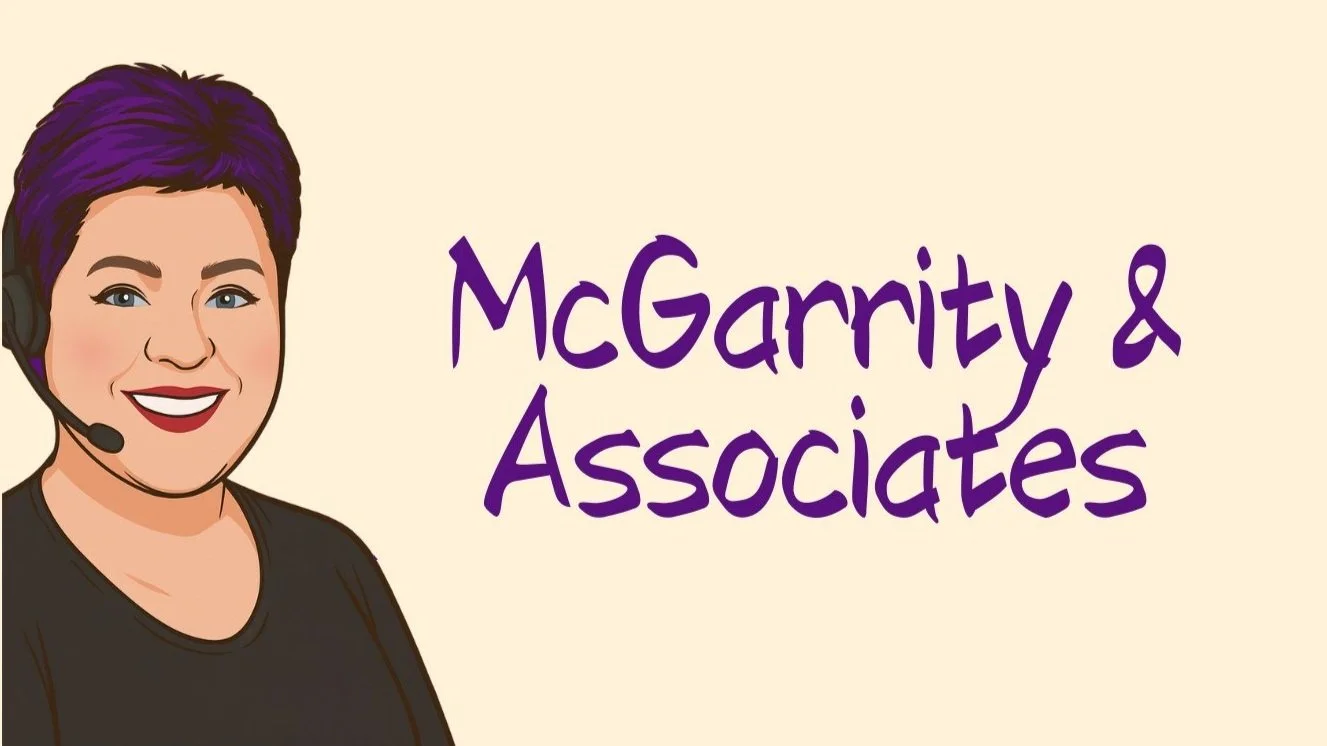Deductible vs. Out-of-Pocket Maximum: What You Actually Pay
💡 The Confusion That Costs People Thousands
If health insurance terms were people, deductible and out-of-pocket maximum would be the twins who constantly get mistaken for each other.
They work similarly. They both deal with what you pay.
But they are not the same thing, and mixing them up is how people end up with $4,000 bills they thought were “covered.”
So let’s break down what each one actually means — in real numbers, not corporate gibberish — and how understanding the difference can save you serious money this Open Enrollment.
🧾 What Is a Deductible?
Your deductible is the amount you have to pay out of pocket before your insurance company starts paying for most services.
Think of it like the “cover charge” before the party starts… you pay your way in first.
💬 Example:
Let’s say your deductible is $3,000.
You have an MRI that costs $1,200.
Then you break your arm and rack up $2,500 in ER bills.
You pay the first $3,000 of that total. That’s your deductible.
After that, insurance starts paying their share.
👉 Insured AF Translation:
The deductible is your personal “Oh sh*t” responsibility before your plan starts helping.
💰 What Is an Out-of-Pocket Maximum?
Your Out-of-Pocket Maximum (OOP Max) is the most you’ll pay in one year for covered medical care, no matter what happens.
Once you hit that number, your insurance covers 100% of eligible costs for the rest of the year.
💬 Example:
Your plan says your OOP Max is $9,200.
You’ve already paid your $3,000 deductible, and you keep having bills.
You pay 20% coinsurance on everything else until your total spending hits $9,200.
After that, you’re done. Insurance pays 100%.
You could get hit by a bus, need surgery, and spend three nights in the hospital… it’s all covered after that max.
👉 Insured AF Translation:
The OOP Max is your financial “ceiling.” You’ll never pay more than that in a year, no matter what kind of chaos hits your health.
💸 How They Work Together
In short:
Your deductible gets you into coverage.
Your OOP Max gets you out of paying anything else that year.
🧮 Real-World Example
Meet Jess, age 38, healthy but clumsy (aren’t we all).
She picks a Marketplace plan with:
$2,500 deductible
$8,700 out-of-pocket max
20% coinsurance
She breaks her wrist in February. Total cost: $9,000.
Here’s how it breaks down:
Jess pays the first $2,500 (her deductible).
The remaining $6,500 is split: 20% her, 80% insurance → $1,300 for Jess.
Her total paid = $3,800.
She didn’t hit her OOP Max this time. But if she needed more care later this year, she’d pay up to another $4,900 before insurance covers everything 100%.
If she had another accident?
She’d stop paying completely once she reached $8,700 total.
👉 Insured AF Translation:
The deductible is your “entry fee.”
The OOP Max is your “I’m done paying. Fix me and bill them” moment.
💬 Why This Matters During Open Enrollment
When comparing plans, most people fixate on the monthly premium: the price tag they see every month.
But what really matters is the combo of deductible + out-of-pocket maximum.
Because when things go wrong (and they eventually do), that’s the real number that hits your bank account.
💡 Think Like This:
If you have savings and rarely get sick, a higher deductible with a low premium might work.
If you’d panic at a $3,000 surprise bill, you need a lower deductible. Even if the monthly premium costs more.
You’re not picking a plan for your best-case scenario. You’re protecting yourself from the worst-case one.
🚫 Common Mistakes People Make
1️⃣ Confusing the two terms.
Many people think once they meet their deductible, they’re “done paying.” Nope. You’ll still pay coinsurance until you hit the OOP Max.
2️⃣ Ignoring the OOP Max entirely.
It’s not just a number — it’s your emergency protection limit.
3️⃣ Picking the cheapest premium without running the math.
A plan that’s $100 cheaper per month might cost you $5,000 more in a bad year.
4️⃣ Not checking coverage examples.
Every Summary of Benefits shows sample costs for real-life scenarios (like pregnancy or an ER visit). That’s where the true differences appear.
💡 What to Look for in Your Plan
When comparing options, pull up your Summary of Benefits and check:
✅ Deductible amount (individual vs family)
✅ Out-of-pocket maximum (individual vs family)
✅ Coinsurance percentage
✅ Copay structure (doctor, specialist, ER, urgent care)
✅ Whether prescriptions apply before or after the deductible
If those numbers make your head spin. That’s what I’m here for.
⚡ The Insured AF Reality Check
Your deductible tells you when insurance starts helping.
Your out-of-pocket maximum tells you when it stops charging you.
Most people never reach their OOP Max, but when they do, it’s because life happened. And that’s why understanding this difference isn’t optional.
Insurance isn’t about being optimistic.
It’s about not going bankrupt when you’re unlucky.
💥 Call to Action
If you’re staring at two health plans that look identical and you can’t tell which is smarter — message me.
I’ll help you break down your deductible, OOP Max, and what you really pay for care.
📘 Grab the book: The Health Insurance Solution — learn the system like a pro.
📓 Use the workbook: The Health Insurance Workbook — fill in your own numbers and compare plans the right way.
Be the prepared one. Not the panicked one.
🧾 TL;DR
Deductible: What you pay before insurance helps.
Out-of-pocket maximum: The most you’ll pay for covered services in a year.
You hit your deductible first, then coinsurance, then your OOP Max.
After the OOP Max, insurance covers 100%.
Don’t just shop by monthly premium. Compare your total risk.
Message me or grab the workbook to find your sweet spot.



